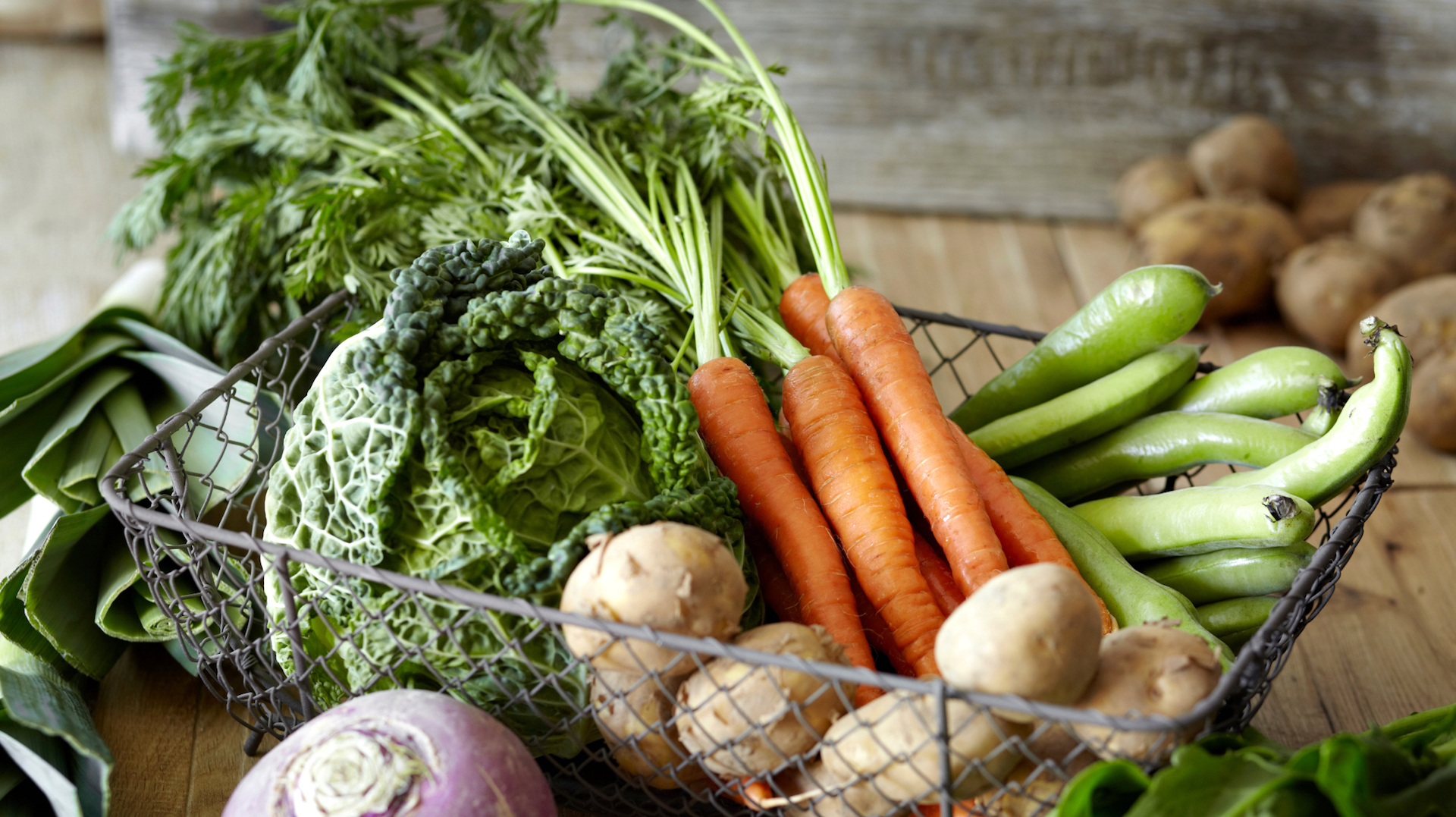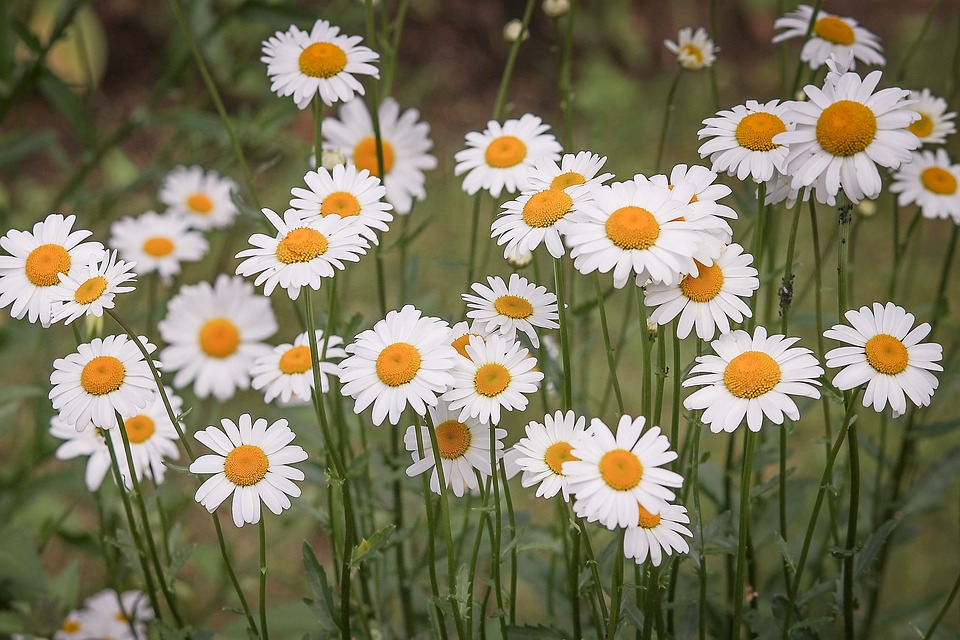Healthy food that we eat the most is usually expensive, yet ironically, it is food that is so simple to grow. Instead of going to grocery shop to buy veggies from who knows where and treated with who knows what, wouldn’t it be better to pick some fresh celery and tomatoes right from your balcony? Not to mention the numerous possibilities if you happen to have a backyard. Even those who live in a small apartment can grow some of the lovely herbs that will spice up any meal. Good will is all you need to start growing vegetables from scraps. So to help you out, here are some vegetables that we found to be the most convenient when it comes to indoor growing. Hope it will be a great help to you!
Tomatoes
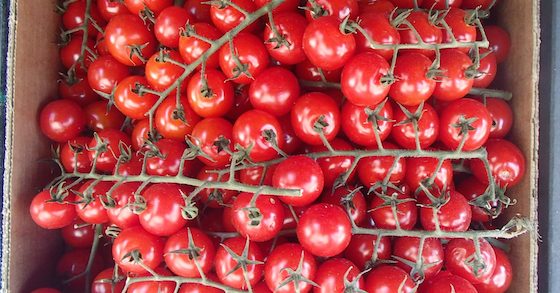
Next time you enjoy eating a juicy tomato, remember to save seeds, wash them and dry them well. Plant seeds in the seeds starting trays and make sure to plant them in a potting mix. Water the soil and keep it in a warm place until you notice any growth. If you plan to move the plants outdoors, make sure the seeds are few inches high. You can grow tomato indoors too, as long as you provide enough sun and space for the plants. If you don’t have enough space, then you can use a laundry bucket. It is easier and it can hold enough soil and water if placed in an aerated place. You can always try for roof gardening!
Peppers

Any leftover seeds from peppers will do the trick if you plant them properly. Germinating pepper seeds may seem challenging, but once they sprout, consider it done since peppers are easy maintenance plants. Plant the seeds in potting soil and make sure to expose them to direct sunlight. If it is a warm season, you can move them and plant them in the garden. Peppers grow relatively fast, so you can expect the first crop in about three months.
Garlic
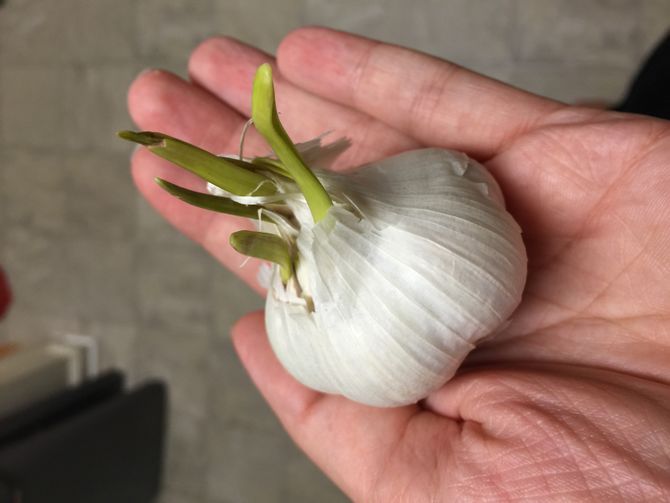
Garlic is easy to grow, even for those without any gardening experience. Put the cloves in the soil (flat end down) and make sure they are at least two inches deep. You can use regular garlic from the grocery shop, but try to find and grow organic garlic. If you plan to grow garlic indoors, keep in mind that garlic requires at least six hours a day of direct sunlight. Once you take notice of new shoots, cut them and in about eight to ten months, the plant will produce bulbs.
Celery
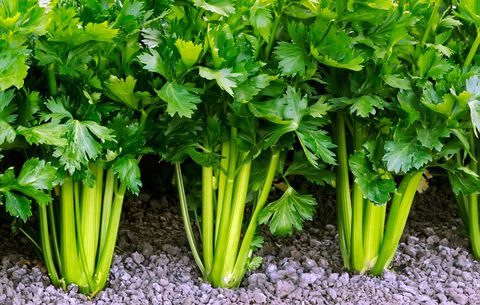
For starting to grow celery, all you need is a bowl of water where you will lay the bottom side of the celery. After a week of direct sunlight, you will notice growing leaves at the base which is when you plant the celery in the soil. Celery likes moist ground and moderate temperatures (between 15-21°C). Use water sprayer to water the soil thoroughly and water it regularly to keep the soil moist. Harvest celery when about eight inches tall.
Lettuce
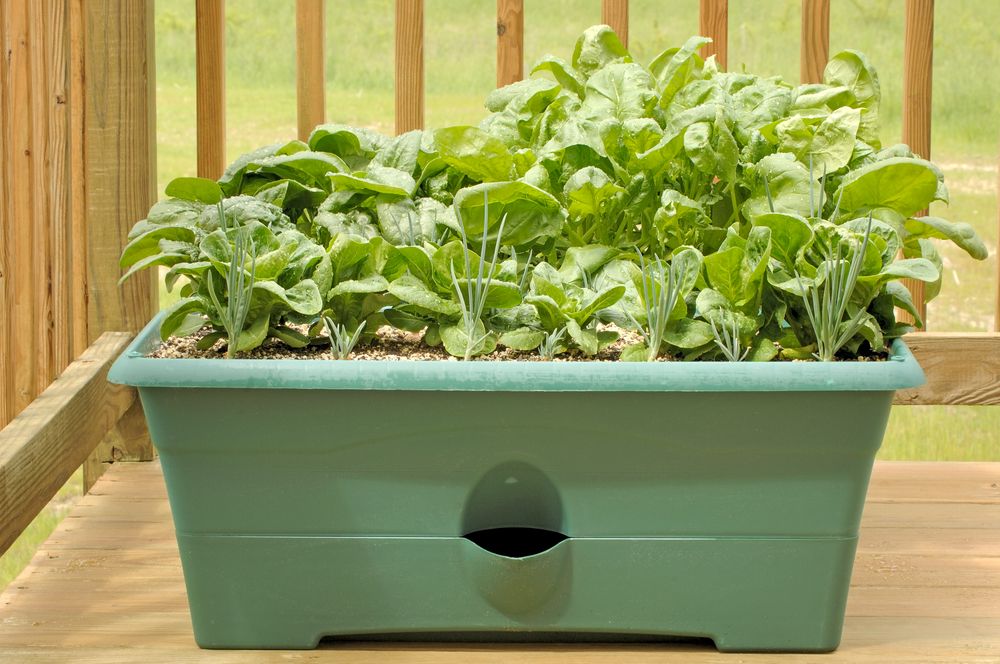
When making a salad, pick a few leaves and place them in a bowl with some water on the bottom. Same goes for cabbage or Bok Choy. Keep it in a sunny spot and make sure leaves are wet. In about three to four days you will be able to notice new roots, which is the perfect time to plant lettuce in the soil. This veggie is easy to grow indoors since lettuce grows well at room temperature, although it does require a lot of direct sunlight. Water regularly and in about 4 – 6 weeks you will be able to harvest.
Ginger
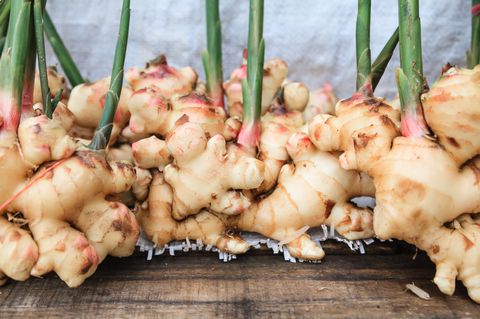
Choose a firm ginger root with tight skin and few eye buds on it. Place the root in a bowl with warm water and let it soak for the night. After that, place the root in the pot filled with soil. Before you completely cover the roots in soil, make sure the eye buds are facing upwards. Ginger requires warm temperature, plenty of water and some shade, so be sure to place it in a place where you know there will be enough sunlight. New shoots will appear in about three weeks after planting, but ginger will be ready for harvest in about four months after that.
Growing your food is a money saving option that will put tasteful and healthy veggies on your table. No more running to the grocery shops or paying extra cash for organic produces, since all you need is right here. No more worries of vegetables pricing hiking every now and then, as you have you own little vegetable garden. Needless to mention, it is a responsible and eco-friendly act of reducing your carbon footprint. In short, it is a win-win situation. If you have more ideas on how to grow your vegetables, then please do let us know in the comment section below.
